The debate over whether or not students should be allowed to use their cell phones throughout the school day is intense. School administrators, psychologists, and teachers argue that phones are a distraction, and their constant use is contributing to this generations academic and mental health decline. But with the rising incidence of deadly school shootings and other emergencies, parents worry about maintaining access to their children when they are at school.
Some of the discussion is aimed at preemptively preventing the dependence today’s youth seem to have on their devices. The American Academy of Pediatrics, through their “5 C’s of Media Use” protocol, encourages pediatricians to speak to families about tightly regulating screen time for young patients and eliminating screen time for infants. An interstate movement called “Wait until 8th” aims to unite parents in the pledge to hold off on giving a child their own smartphone until at least 8th grade (13-14 years old). However, a 2022 survey found that 42% of children already had a cell phone by age ten, and 91% by age fourteen.
Pediatricians and psychologist have been railing against the toxic effects of early exposure to social media for years, and have urged incorporating physical and chronological tech-free spaces into family schedules. Social Psychologist and author of the book “The Anxious Generation” Jonathan Haidt, PhD says today’s youth experience “a tsunami of mental health challenges” including self-harm, anxiety, depression, and suicidal ideation, and blames much of this on pervasive cell phone use. We zealously protect our children in real life, but allow them freedom to police themselves in the virtual realm. But kids of any age don’t have the discipline to resist the temptations the internet provides. In truth, many adults don’t possess that kind of fortitude either.
While a challenge, phone-free school environments can become a reality. Norway decided to ban cell phones in their schools with phenomenal results. In only a couple of years, Norwegian researchers found a huge decrease in reported bullying amongst both boys and girls, girls’ grades improved (especially among those in lower socioeconomic strata), and fewer visits to a psychologist were needed. Schools in France, Italy, Britain, and The Netherlands followed suit, reporting similar results. Closer to home, Arizona, New York, Florida, California, South Carolina, Utah, Indiana, and even our home state of Ohio, are all either considering enacting legislation to limit students’ cell phone use in schools or have already taken steps to do so. In April, the Ohio Senate passed House Bill 250, which Governor Mike DeWine has now signed, designating a July 1, 2025 deadline for all Ohio schools to adopt a cell phone policy. One senator commented on the bill, saying it “lays out guidelines for schools to eliminate the hindrance of cell phone usage by students during the school day,” promising “this will provide better learning environments and outcomes for both students and teachers.”
Indeed, teachers do report that cell phones have become more than just a nuisance in the classroom. One voiced it this way: “It’s impossible as a teacher to compete with the allure and addiction to the cellphone. It’s constantly alerting them, pinging, chiming, and crying for their attention.” More than just a distraction from the curriculum, a 2024 EdWeek Research Center survey found that 92% of educators believe social media has a negative impact on how students treat others in real life. In line with this, the US Surgeon General’s recent advisory regarding young people and cell phone use highlighted an epidemic of loneliness and isolation in modern society. The paper warned, given the significant health consequences of these conditions, that “we must prioritize building social connection the same way we have prioritized other critical public health issues such as tobacco… and substance use disorders. Together, we can build a country that’s healthier, more resilient, less lonely, and more connected.” Schools in support of banning cell phone use during school hours argue they are trying to allow students to connect in real life during real-time social encounters.
On the flip side, studies demonstrate the majority of parents do not support a full ban on cell phone use during the school day. A National Parents Union survey published in May of this year cited fairly universal parental concerns regarding “inappropriate content, predators, and cyberbullying,” but 56% of parents still preferred their child have access to their phone during school hours. While parents are concerned about the harmful effects of social media on young impressionable minds, they also want to be able to reach their children in an emergency or even just for the convenience of coordinating a carpool. Plus, some students use their cell phones for medical monitoring. Lastly, students without access to a laptop or computer at home may use their cell phone for class-related research. This study helps to highlight that most parents do not equate cell phone use with social medial use.
David Yeager, a psychology professor at the University of Texas at Austin, believes the struggle between educators and students over cellphones is making the problem worse. Adults at school are spending an outsized amount of time disciplining students for breaking cell phone use rules. This means any guidelines that are enacted must be school-wide and crystal clear. As one school administrator put it, “We don’t want a policy in place that puts teachers in confrontation with kids over their phone.”
This school year, according to the district’s back-to-school website, the Cleveland Metropolitan School District plans to implement a “cell-phone-free environment to improve student learning and academic performance.” While this momentum is encouraging, it’s obvious that parents must be on board for this change to occur. A study published in June of 2024 in the Journal of Pediatric Research demonstrates that parents’ screen use– including phone, apps, social medial, and games– is directly related to increased adolescent screen time consumption. The study concluded that parental monitoring, limit setting, and modeling good screen use behavior “are the most effective strategies for reducing adolescent [phone] use.”
So alongside considering any restrictions on cell phone use, it’s vital to ensure a school environment that is rich in technology resources and is focused on teaching digital citizenship and media literacy. Removing access to high schoolers’ devices during the school day won’t make them any more prepared for how to deal with the temptation of having their phones available to them during their college lectures. The goal is to instill the necessary skills for young people to be healthy and moderate in their digital interactions, which needs to be modeled at home and at school.
Schools approach the removal of devices from the students differently. Some districts will insist the phones be dropped off at the start of the day and retrieved at dismissal. Others will allow students (in some cases, only upperclassmen in high school) access to their phones during the lunch hour. Some locations plan to equip each student with a Yonder pouch, a magnetic bag that houses the phone during the day that can only be unlocked with a proprietary device. This last method eliminates some parents’ concerns of damage or loss to the device when it’s out of the child’s possession.
The debate over whether or not students should have unfettered access to their cell phones throughout the school day remains unresolved. Arguments on both sides have merit. It’s true that social media exposure has been proven to contribute to social, academic, and emotional decline. Teachers complain that phones are “the ultimate distraction” in the classroom. Administrators worry that virtual interactions will replace genuine in-person connection and the social navigation practice that teens require to become independent adults will be sacrificed. Over and over again, research into the negative effects of social media consumption validates these concerns. And studies in other countries where students’ cell phones were banned from school demonstrated improved mental health, boosted academic performance, and reduced bullying. But parents who wish to be able to communicate with their children throughout the day contend that having a cell phone is not the same as surfing social media apps. And fears of not being able to reach a loved one during an emergency can eclipse many other concerns.
Perhaps the answer to solving the perils of technology lies in technology as well. Smart phones with internet access present dilemmas that early-model flip phones did not. A return to communication-only, app-free devices (or at least impedance of internet connection during school hours) may be the way to placate both sides of this debate. Like taming any other addictive health hazard, we may need to initiate a social media fast that allows us to withdraw until we can regain control of the habit or learn to live without it.
From UH Pediatrician and PSI Medical Expert – Dr. Carly Wilbur.
Click here for more great insights from Dr. Wilbur.



